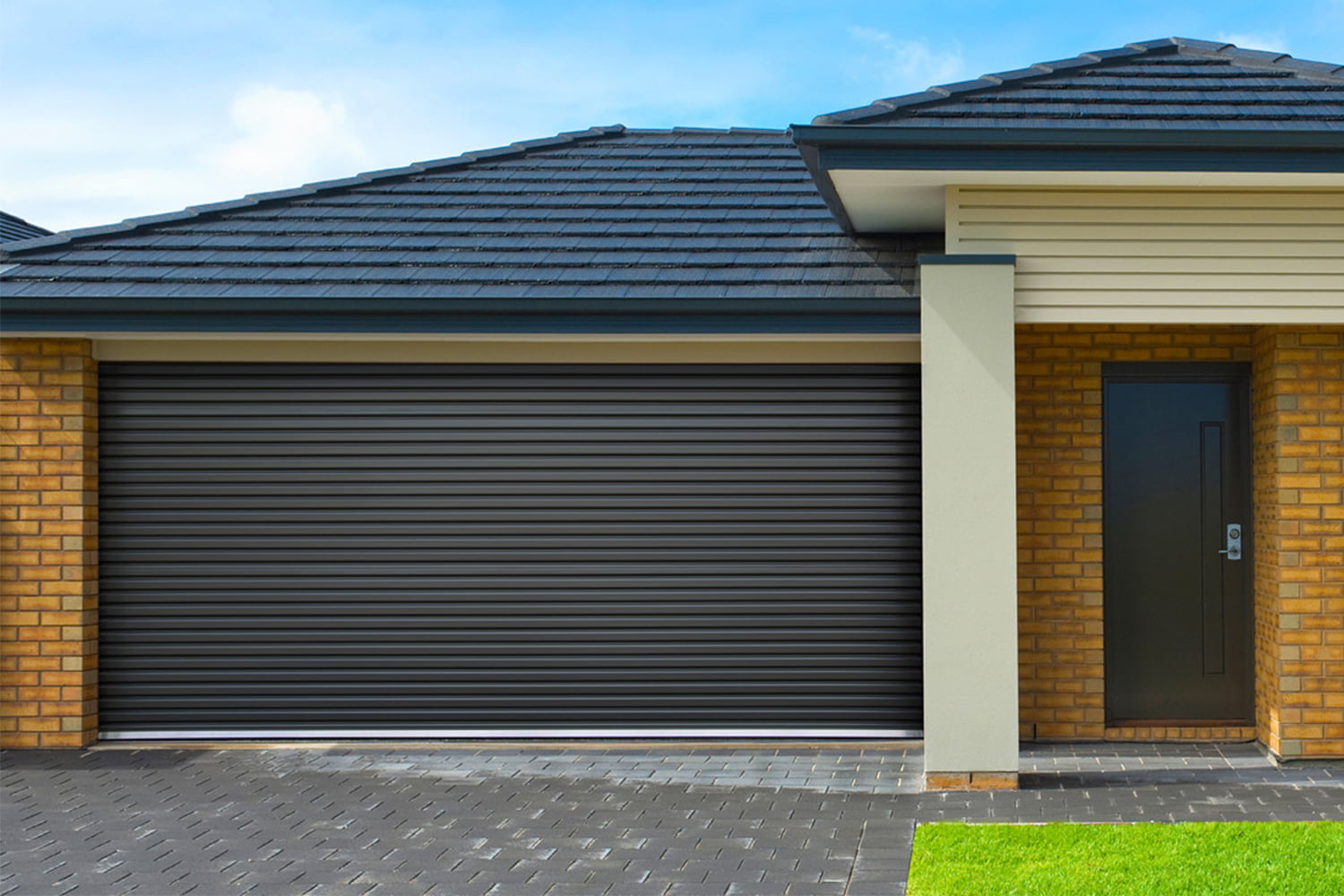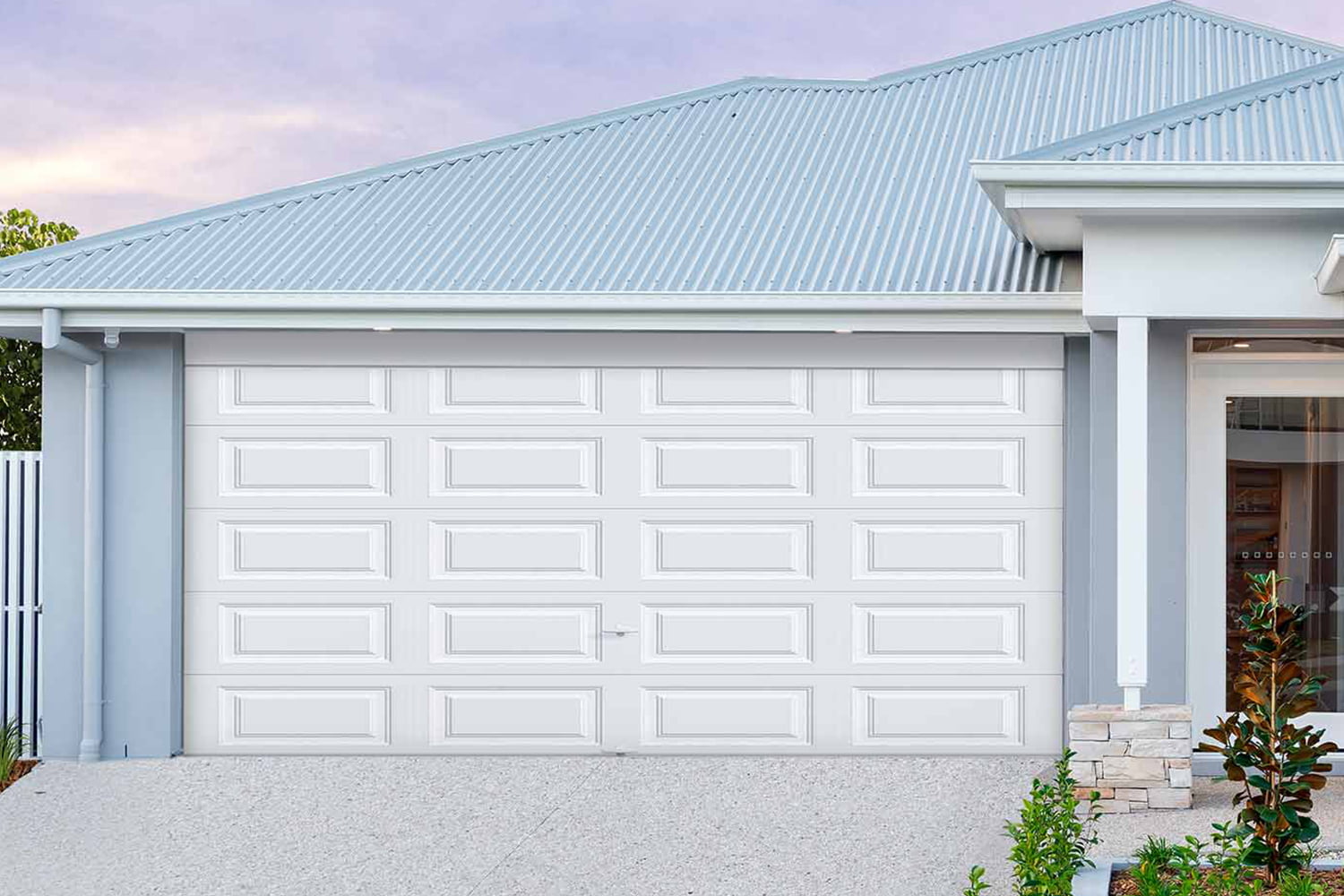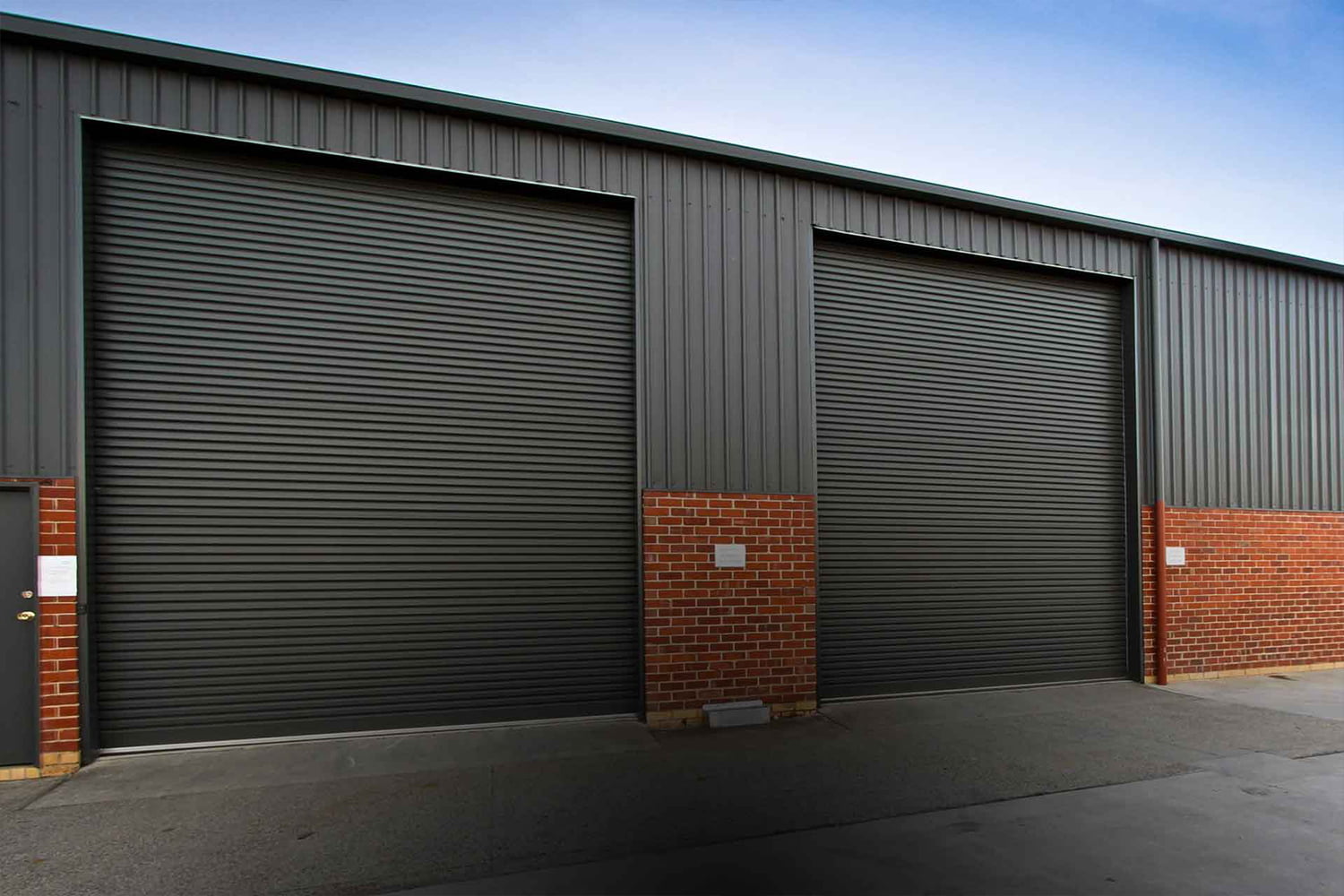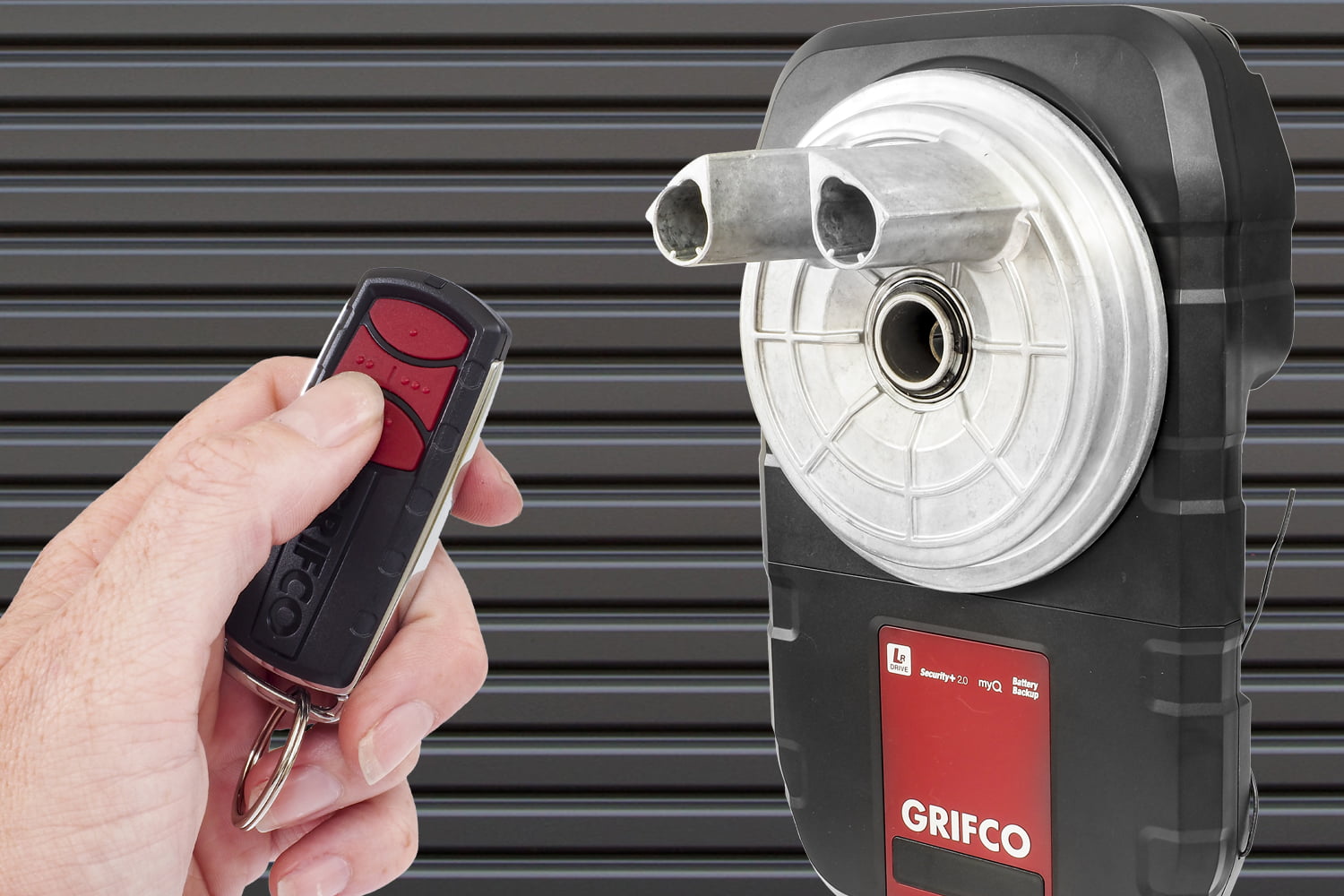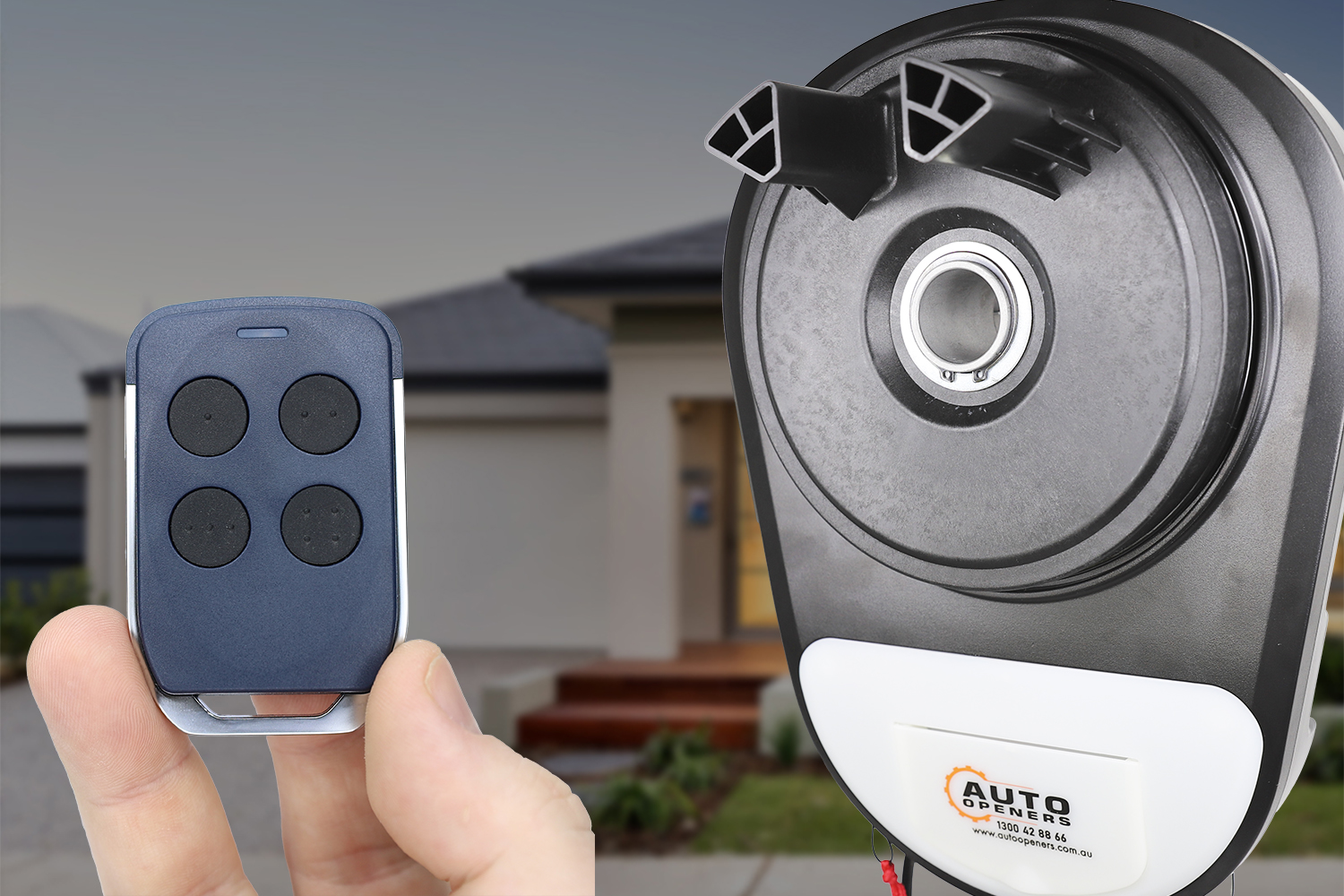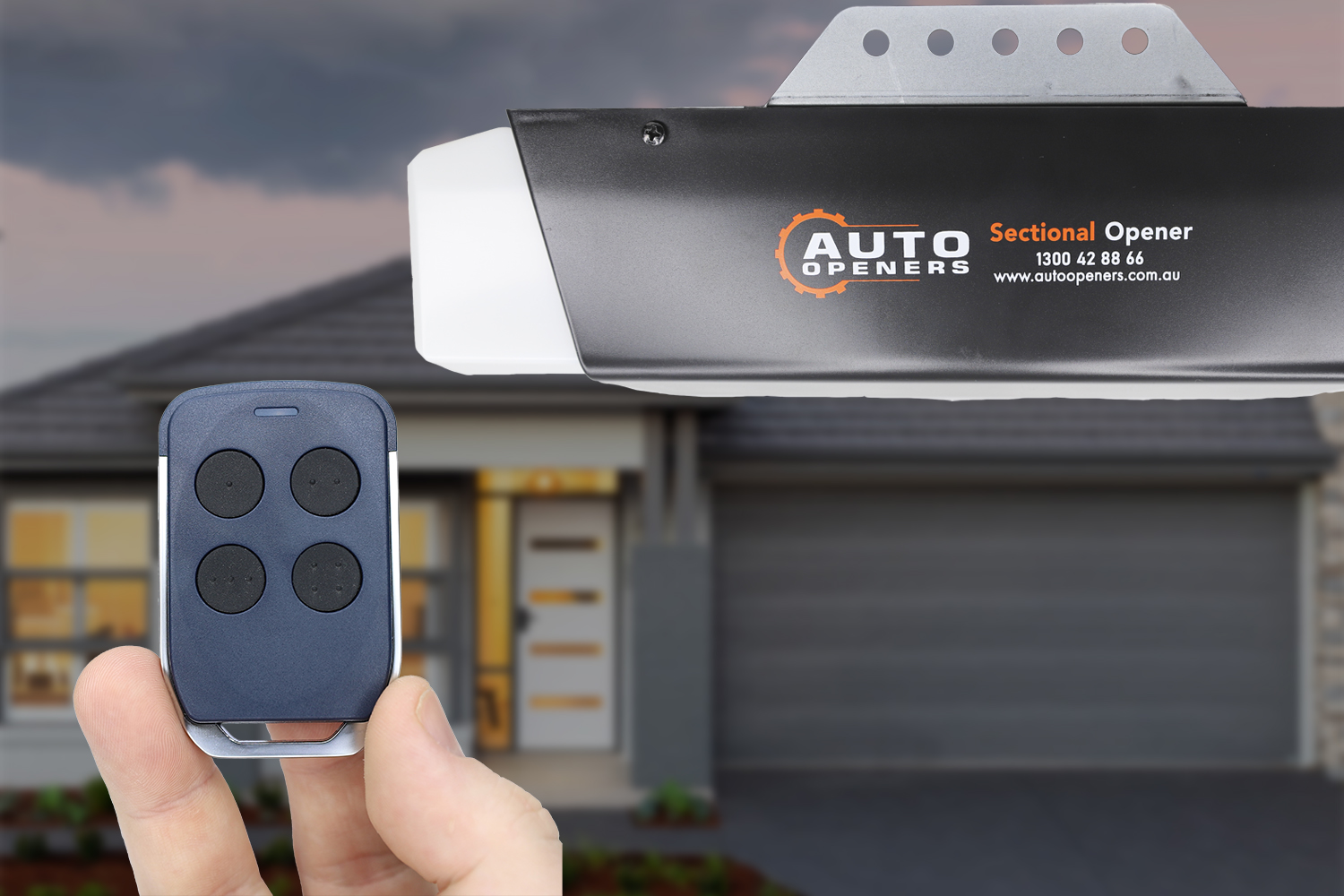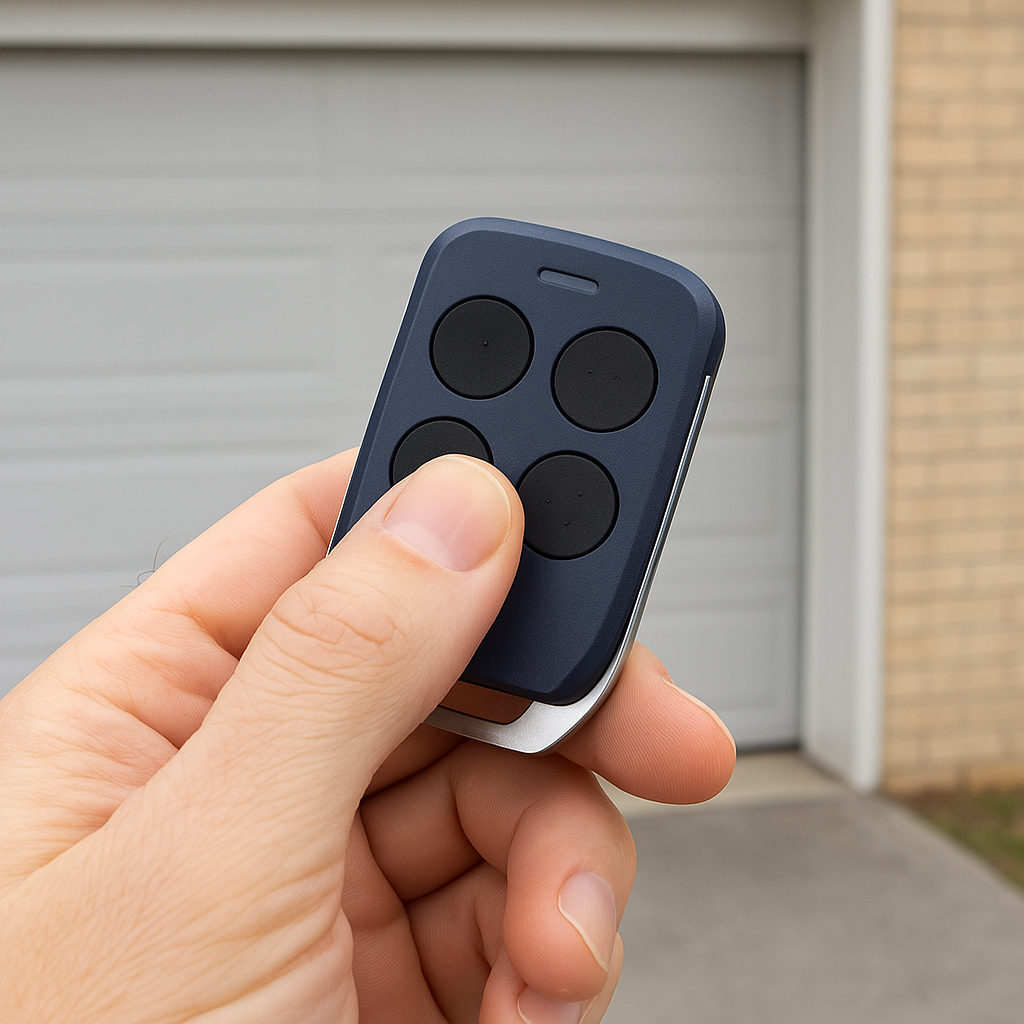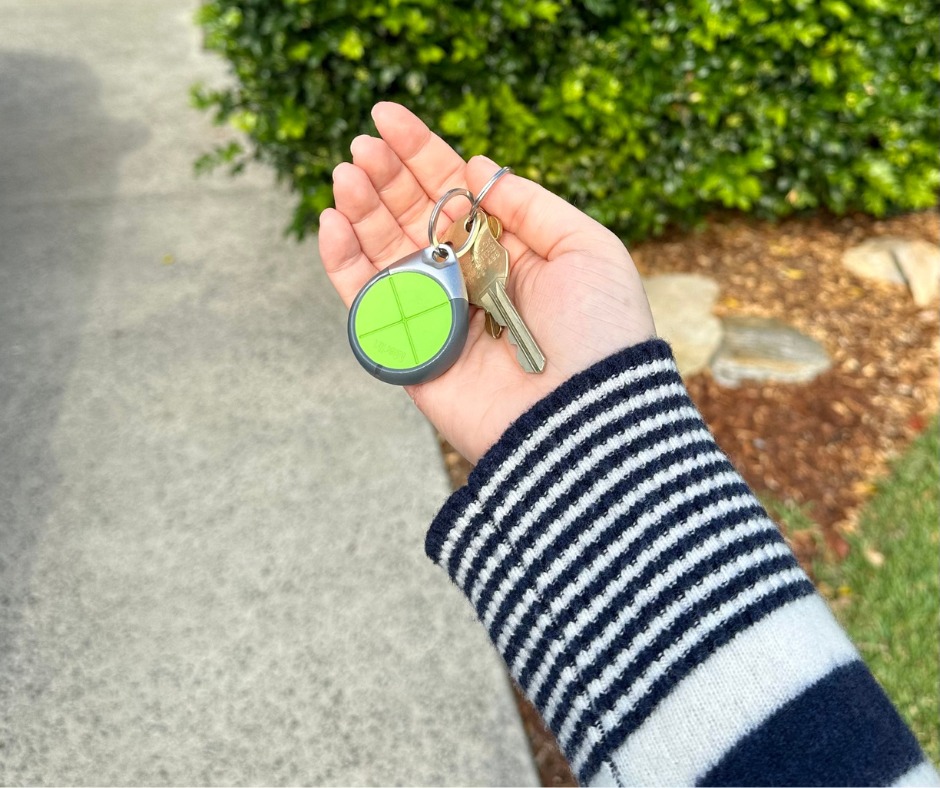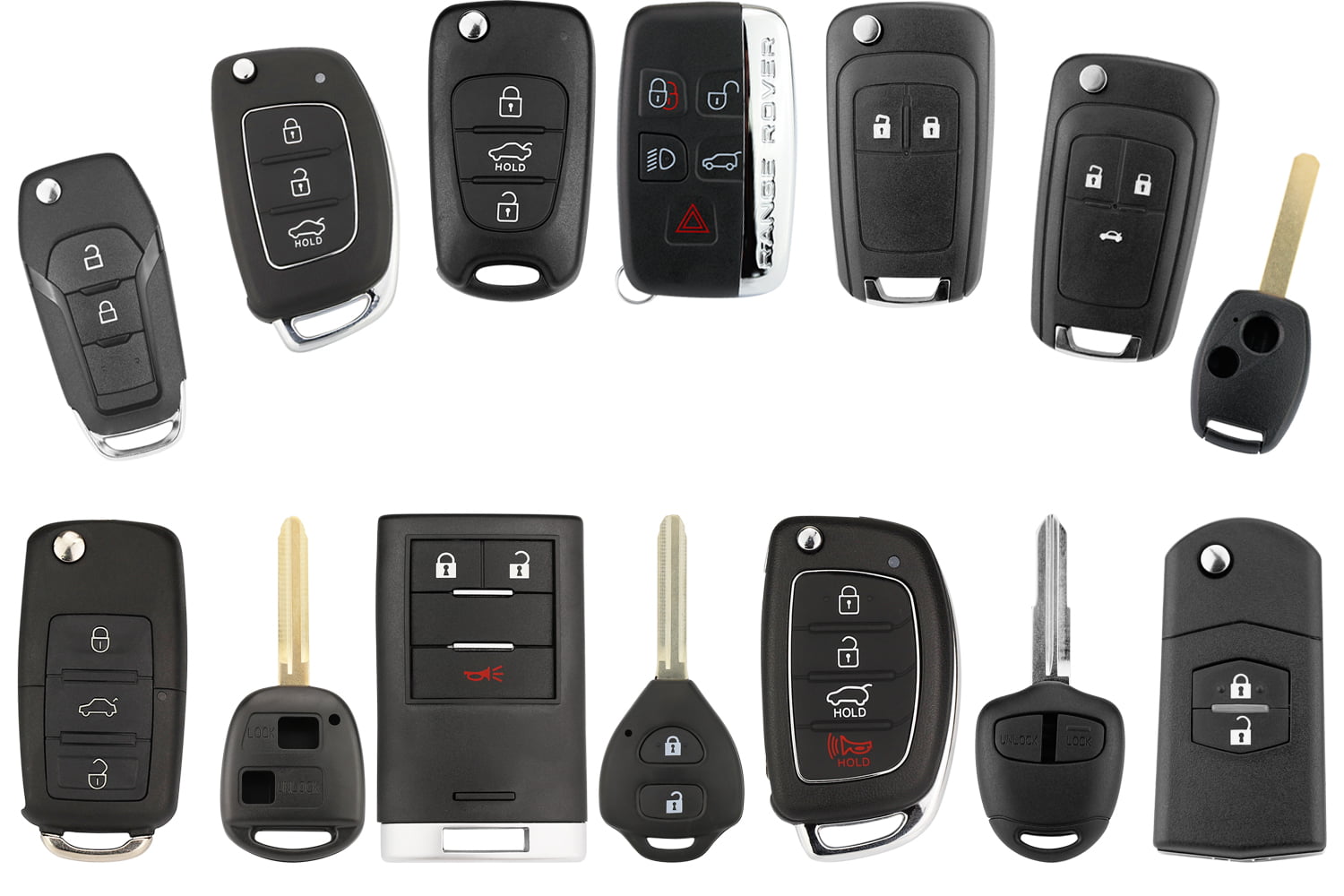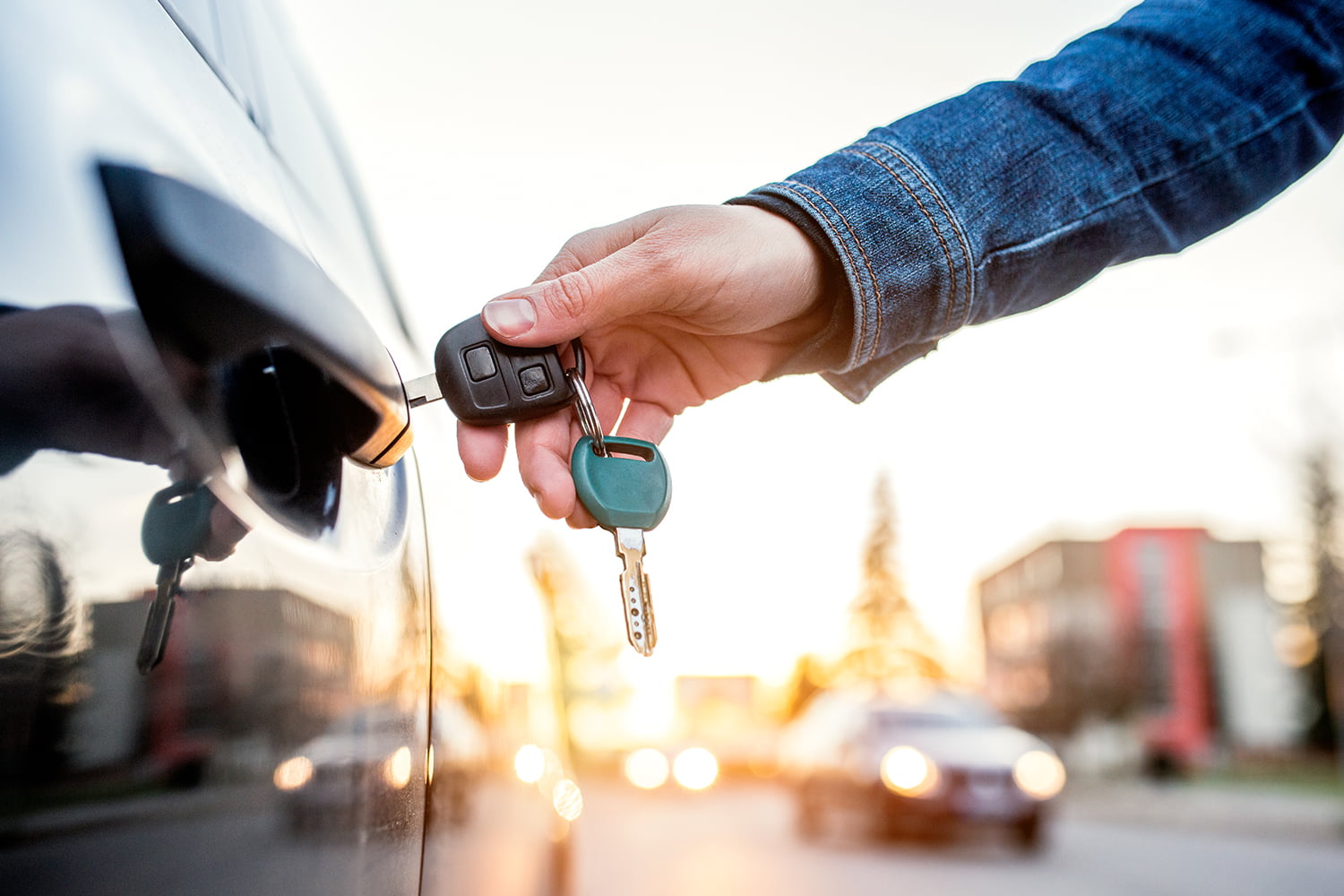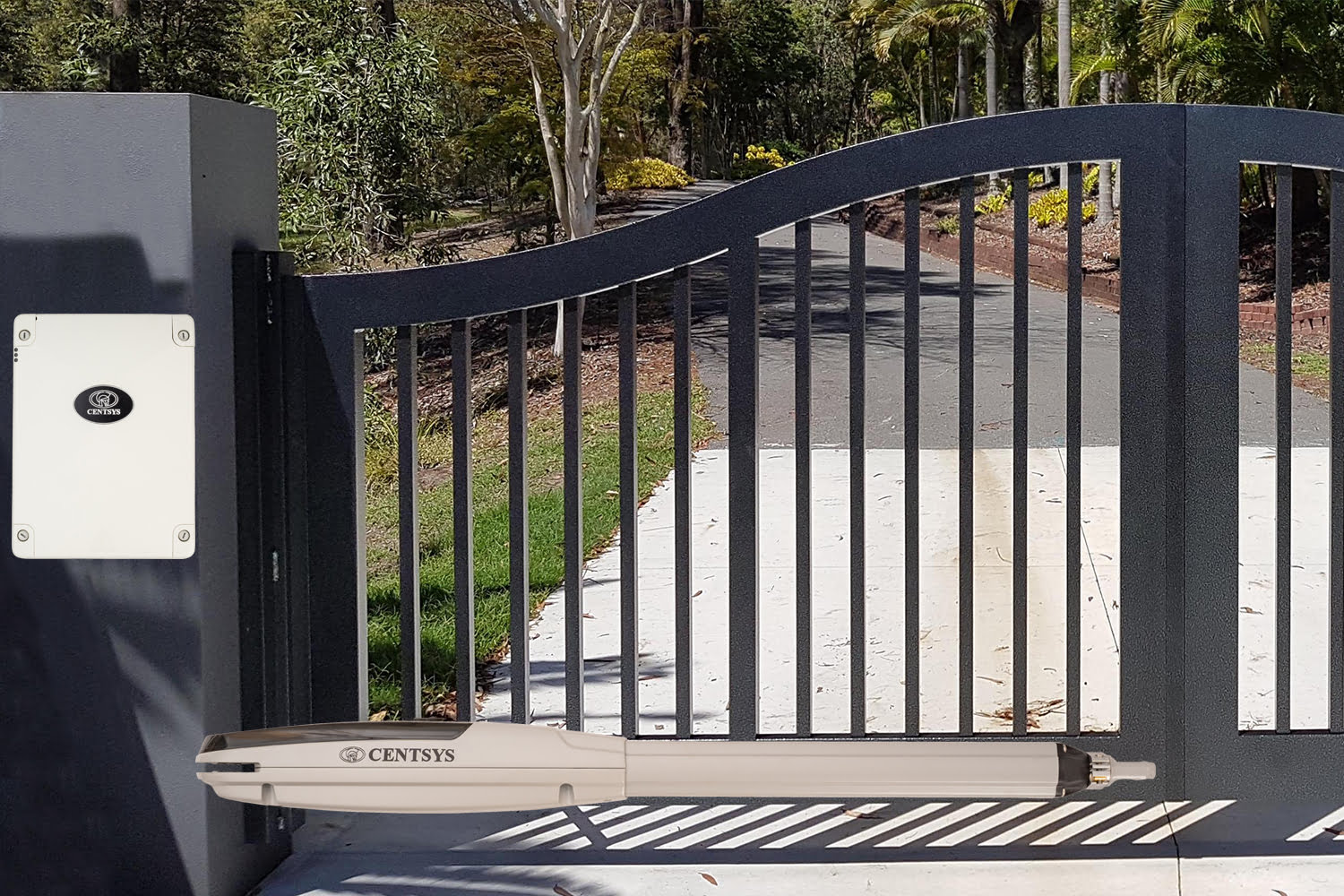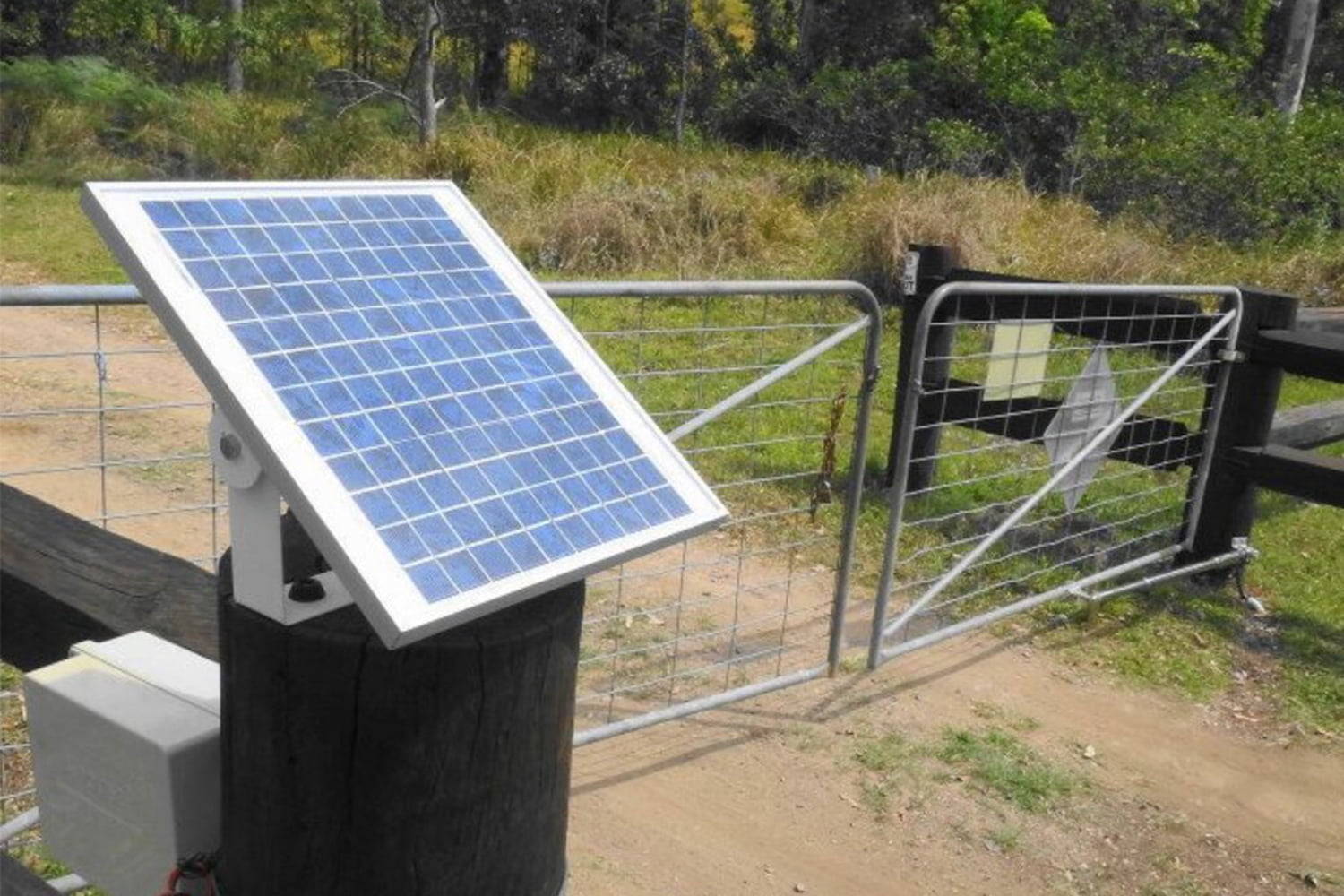Garage doors archives, Help Guide
How to lubricate a garage door
Automatic garage door openers simplify our lives. However, without regular maintenance, these modern-day conveniences might begin to make too much noise, and can even malfunction or break. Accordingly, learning how to lubricate garage door parts for proper operation and continued use is important. You should ideally aim to lubricate the moving parts on your garage door about once every six months to keep everything moving smoothly.
With the proper tools and materials, anyone can learn how to grease garage door rollers and other components. While you might be tempted to reach for standard WD-40 to lubricate your garage door, you’ll actually want to avoid using it for this task because it can attract dirt, which can create additional problems.
Instead, use white lithium grease or silicone spray. Having a rag on hand is useful for ensuring even lubricant application as well as cleaning up drips or overspray.
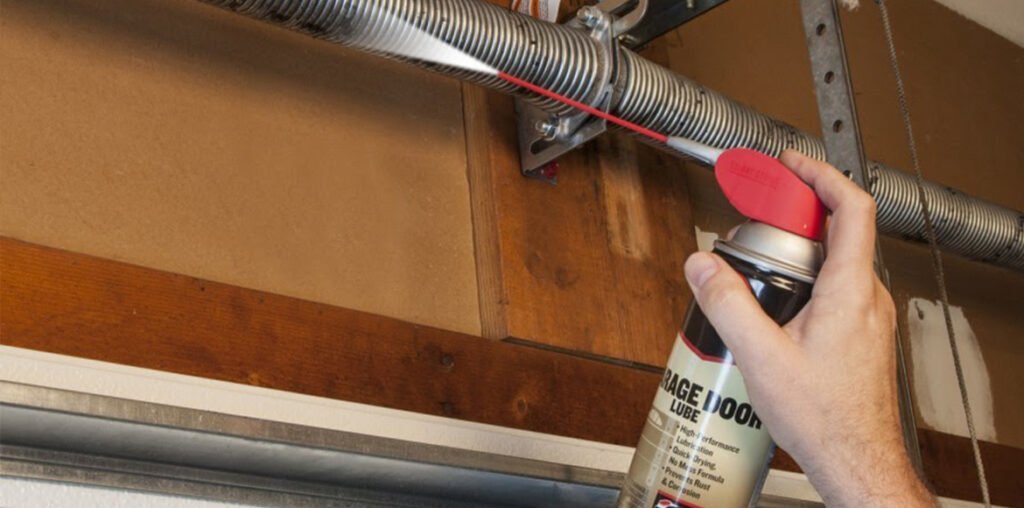
Before thinking about how to grease a garage door, there are a few other key maintenance tasks to complete. These include inspecting the rollers and hinges, tightening the chain, and checking to make sure that all of the nuts and bolts on the door are tight. When performing these maintenance tasks, you may identify other potential issues to address that could be contributing to the excess noise that your garage door is making.
After you complete these maintenance tasks, shut the garage door and disconnect the power supply before moving on to the steps below.
STEP 1: Clean and wipe down garage door tracks.
The first step for how to lubricate garage doors is to clean the garage door tracks. The tracks need to be clean to allow the rollers to move smoothly along them as they open and shut the door, but they should not be lubricated.
Begin by wiping away or vacumming any dust and large debris off the tracks. Then, use a damp rag to wipe away any dirt or dust that remains. If needed, you can try using an automotive brake cleaner to loosen and remove stubborn and stuck-on messes.
STEP 2: Lubricate door hinges and rollers
After cleaning the tracks, it is time to move on to lubricating some parts. When you’re thinking about how to lubricate garage door rollers and hinges, remember that using lithium-based grease or silicone grease is best. Wholesale Garage Doors sell garage door lubricant online, with free postage across Australia
To lubricate the hinges, carefully lift up the door (or have someone help you lift it). As the door bends along the track, spray or wipe the hinges with the grease. Next, you’ll need to lubricate the rollers, which are connected along the track of the door next to the hinges. Using the thinner straw attachment for the grease will make it possible to lubricate the small ball bearings located within these rollers.
STEP 3: Lubricate bearing plates and springs.
You’ll need a step ladder for this next step. Most panel lift and sectional garage doors have springs along the top of the opening. The bearing plates, which have a circular shape, are located on each side of the springs. Both the bearing plates and springs should be lubricated to ensure proper operation.
To lubricate these parts, thoroughly spray or wipe them down with the grease. After applying some grease, you should open the garage door. This motion will help ensure that the grease gets spread around more evenly. If you notice that the springs on the door are bent or damaged in some other way, they’ll need to be replaced. Again, Wholesale Garage supplies a range of great, high-quality garage door springs with free postage.
STEP 4: Lubricate the garage door opener rail and bar.
The next step for how to lube a garage door is to spray the grease on the garage door opener rail. If you aren’t familiar with the rail, it is the part of the door that runs parallel to the ceiling in the garage. You can also identify the top rail bar by looking for the part of the door that the chain travels along. Since the chain moves along the top of this rail, this is the area that will need grease.
The arm bar connects the garage door to the top rail. You should also spray or wipe this piece with grease to ensure smooth operation.
If you have a newer garage door opener with a belt rail, you will not need to lubricate this. Belt rail garage door openers require less maintenance on an ongoing basis.
STEP 5: Lubricate the lock and test everything
Finally, apply your lubricant to the lock on the garage door. Doing so will keep the lock from rusting and make it easier to lock and unlock the door.
Then, reconnect the door’s power supply and test it to see how it works. Listen and look closely as the door opens and closes to identify whether it is moving and sounding better than before. If lubricating the door doesn’t seem to have done the job, it may be time to schedule an appointment with a garage door technician to assess the issues.
Learning how to lubricate a garage door is an important home maintenance task. Keeping your garage door and its moving parts lubricated will help extend the door’s lifespan and keep it operating smoothly and quietly.
Fortunately, lubricating a garage door isn’t too complicated. Following the steps outlined above will help you complete this task on your own.


